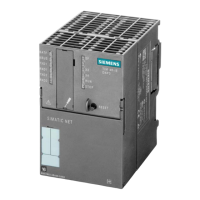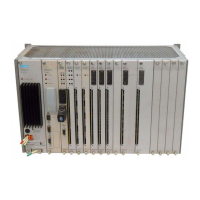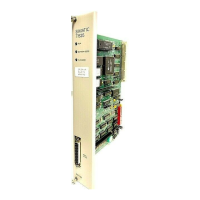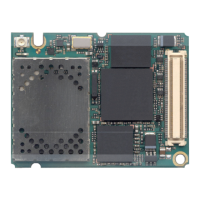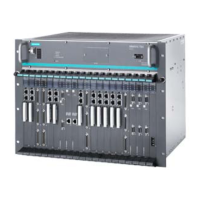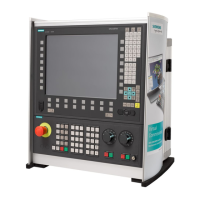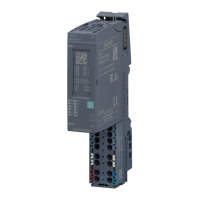The SINAUT Configuration Tool
6.6 TD7onTIM
TIM DNP3
System Manual, 06/2014, C79000-G8976-C253-03
165
●
The values of process data configured as an event are written to the send buffer
(message memory) when a trigger fires. The events have a higher priority for transfer
compared with static data. The triggers fire when there are configurable changes in the
process value, at certain intervals, at configurable points in time or in response to
programmable signals.
The DNP3 protocol specifies two possibilities for transmission of the stored events:
– The DNP3 master station can request the stored events of one or all event classes
and read them like static data.
– The station can transmit the events spontaneously (unsolicited).
Whether or not the station can report spontaneous events is specified in the
configuration of the DNP3 master station. The spontaneous sending of events by the
station is initiated by the master station with a corresponding control message to the
station.
Division into event classes
When configuring the TIM module, each process value to be transmitted to the DNP3 master
station can be defined as an event with a selectable class.
The DNP3 protocol defines object groups for events and these are listed below. The DNP3
specification also recommends assigning events according to the priority of the process
value of an event class:
● Critical events, for example process alarms are assigned to event class 1.
● Less critical events such as tolerance violations are assigned to classes 2 and 3.
You can group the events in the various classes to suit your purposes, for example based on
technological aspects.
You specify the event class for each object in TD7onTIM, refer to the section Data objects:
Partner and send parameters (Page 198).
Note
Changing the event class for node stations
The classification of events of class 2 and 3 in substations is set uniformly to class 1 in the
node station when sending via a node station.
Note
No spontaneous sending on half duplex connections
To avoid
data collisions, the TIM modules do not send any spontaneous messages on half

